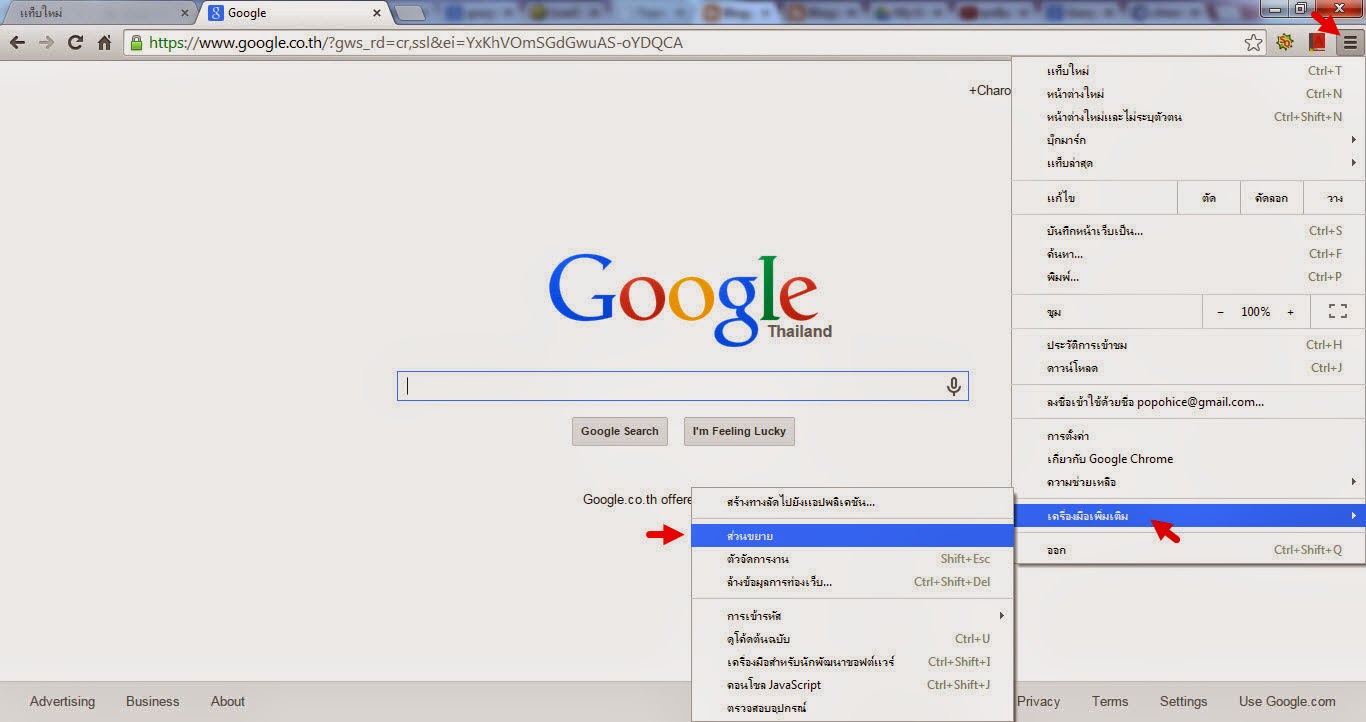

Our popup.html will be a simple page that offers the user the option of adding a new Pin based on the current site they're visiting or opening up their Pin board and added a Pin manually.


"description": "Pinterest Chrome Extension", Phase 1: Integration Let's go over our file structure. Phase 3: Save all Pin data in local storage and have our board display all Pins in storage. Phase 2: Upgrade our Pinterest Clone to allow for uploading of images from a URL.

Phase 1: Simply integrate our Pinterest Clone into our Chrome Extension. If you don't know how, see our tutorial here.įor this tutorial, we are simply upgrading the functionality of our JavaScript Pinterest Clone and integrating it into a Chrome Extension. Java is a registered trademark of Oracle and/or its affiliates.This write-up assumes you know how to create a JavaScript Pinterest Clone from scratch. For details, see the Google Developers Site Policies. This was even more dramatic on Android, which saw a 126% increase in sign ups and a 34% increase in sign ins.Įxcept as otherwise noted, the content of this page is licensed under the Creative Commons Attribution 4.0 License, and code samples are licensed under the Apache 2.0 License. On web and mobile web, One Tap has led to a 47% increase in sign ups (new users creating an account on Pinterest) and a 16% increase in sign ins (returning users successfully logging into Pinterest). Introducing One Tap has also led to more Pinterest users using Google as a log in or sign up solution. Given its ease of use, across all platforms, Pinterest users creating new accounts are 2x more likely to use One Tap compared to other multi-step options. Implementing Google Identity Services was straightforward, with One-Tap taking a couple weeks to implement from start to finish. This is a particularly frustrating user-experience requiring users to retrace their original login mechanism and saved content. One Tap reduces the friction of users having to remember and type in username and passwords, while also addressing users failing to remember their original sign in method, which leads to duplicate account creation. Specifically, Pinterest migrated from the previous solution to the new suite of products called Google Identity Services, which includes the new One Tap module, because it enables Pinterest users to access their accounts and saved content with a single click, instead of being sent through a multi-step sign in process. Pinterest uses the Sign in with Google button across its mobile and web platforms and has subsequently also implemented Google One Tap on Android, Web, and Mobile Web.


 0 kommentar(er)
0 kommentar(er)
